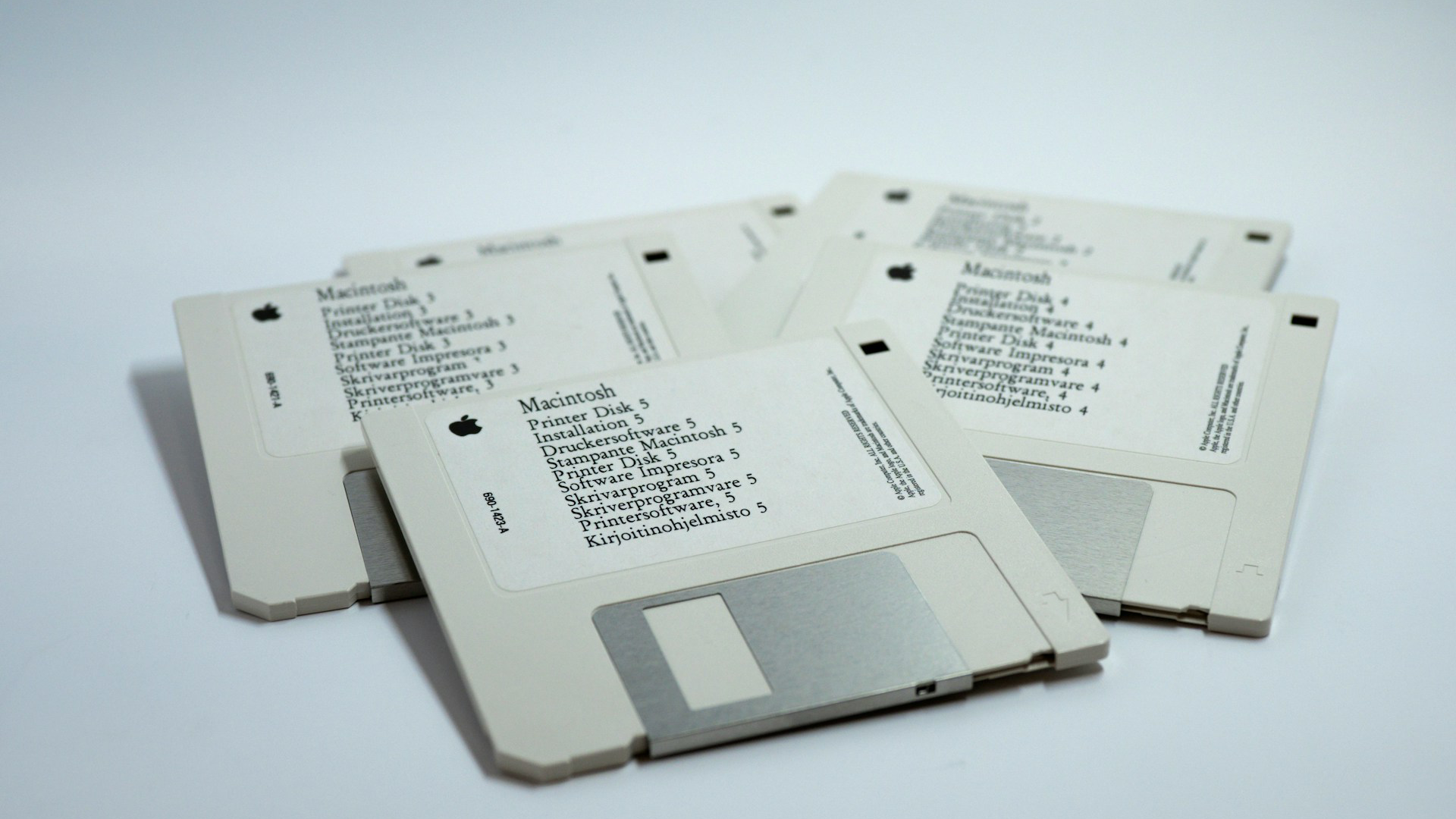Many people jump straight into building models, eager to extract insights or maximize accuracy. However, without a proper data pipeline to clean, structure, and process your data, your model will either fail or produce results that look good but are misleading. The Messy Truth About Real-World Data In an ideal world, data would be clean, […]
We all love a good chart, don’t we? A clean line graph or a slick pie chart can make your data look polished and professional. But here’s the thing: using the wrong chart,even if it looks nice, can totally mess up how your data is interpreted. Charts are powerful tools, but they can actually reduce […]
Confidence intervals are everywhere in statistics. They are meant to show how sure we are about a number, like an average or a proportion. But here is the catch: they do not actually tell you how confident you should be about the specific interval you have right now. That misunderstanding creates what I call The […]
Data doesn’t just magically become useful. Whether you’re building dashboards, feeding machine learning models, or just trying to get a cleaner look at last quarter’s sales, you need data that’s structured, clean, and actually means something. And that’s where transformation comes in, particularly through ETL (Extract, Transform, Load) and ELT (Extract, Load, Transform) processes. But […]
Let’s be honest. Few things are more misleading in machine learning than a model showing 99% (or even 100%) accuracy because of overfitting. On paper, that number looks great. But just like a first date that feels a little too perfect, something usually feels off. And most of the time, it is. That shiny accuracy […]
Let’s talk about data. It’s everywhere right now, right? The term has become synonymous with the tech boom of the 2020s. But here’s the catch, data isn’t something we just discovered. It’s always been essential. The real shift? How accessible it has become today, thanks to the massive strides in AI and machine learning. Before […]
“Numbers don’t lie, but they sure can mislead.” You’ve probably heard this before, and in the world of statistics, it couldn’t be more accurate. People often hail averages as the go-to statistic for summarizing data, but here’s the catch: if you rely on averages without digging deeper, you might miss the true story or, worse, […]
If you’ve worked with data, especially in Python, Spark, or R, you’ve probably come across the terms Dataset and DataFrame. They sound similar, but they’re actually a bit different depending on the tool or framework you’re using. DataFrame A DataFrame is a two-dimensional tabular data structure that resembles an Excel sheet or a database table, […]
Hello you! Okay, today I decided to break formal language because we have delicious content. Have you ever heard of hexbins? If not, it’s fine; if yes, it’s also fine. Today, I’ll try to show the pros of hexbins over scatter plots (which you are familiar with, I suppose) in large datasets. Why Use Hexbins […]
Netflix is undoubtedly one of the biggest streaming platforms in 2025. Today, we will examine how Netflix’s recommendation system works, along with other similar algorithms that analyze your data and predict your preferences. This article is designed to be beginner-friendly and does not contain detailed technical content. It can be easily understood by everyone without […]









